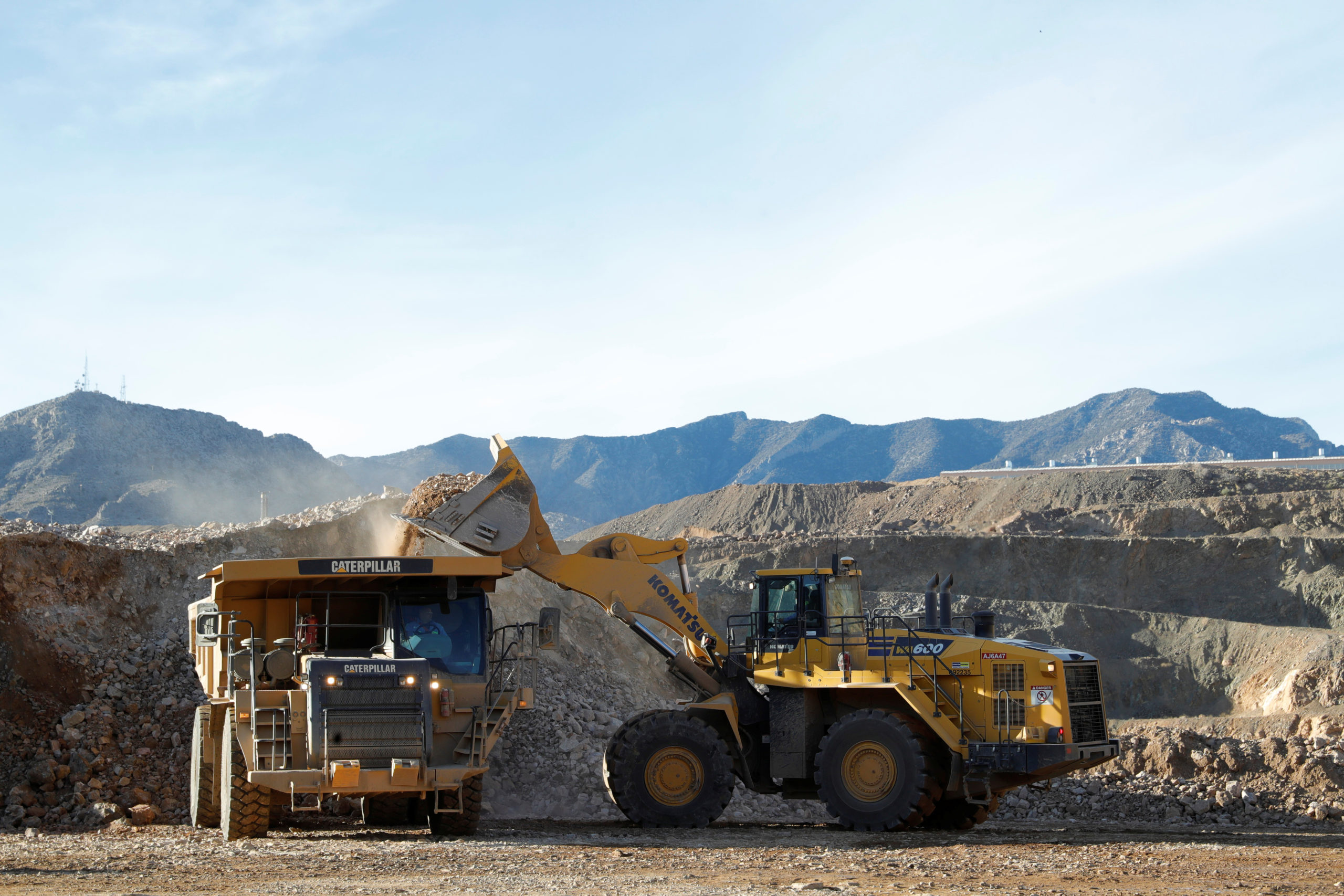How can mining companies better meet society’s expectations? Mining companies say their number-one risk is the trust deficit they have with local communities.
A new report by the Responsible Mining Foundation shows how better and more transparent use of data can help close this gap.
With sector-wide goodwill and perseverance, these suggested best practices can be normalized across the industry.
Mining companies have acknowledged for the second year in a row that their trust deficit with affected communities – the lack of a ‘social licence to operate’ – is their number-one risk . While society’s expectations are constantly evolving, companies often lament the delays and costs to their operations caused by conflict with local communities, and are increasingly using early warning systems to track negative perceptions within local populations and plan mitigation measures. At the same time, shareholders, financiers and financial institutions together with end-users of minerals and metals are putting more pressure on large-scale mining companies to disclose public-interest information at the level of individual mine sites. But most companies continue to resist these calls for asset-level disclosure, even though proactive disclosure of public-interest information at mine-site level, along with open and honest engagement with local stakeholders, is a first and crucial step in building trust and demonstrating respect for their neighbours. Disconnect between corporate commitments and mine-site action
The generalised lack of mine-site-level data is one of the key findings of the RMI Report 2020 , which was recently released by the Responsible Mining Foundation. The Report is an evidence-based assessment of the economic, environmental, social and governance (EESG) policies and practices of 38 large-scale mining companies and a more focussed assessment of 180 of their mine sites in 45 countries.
The report highlights a disconnect between company-wide policies and standards versus on-the-ground actions at mine sites, where the impacts of mining are most evident. Companies often show little or no evidence of sharing mine-site-level information on issues of strong public interest for neighbouring communities, workers, governments, investors and end-users. Likewise, there is scant evidence of companies engaging with local stakeholders on these issues, which include, for example, local procurement, grievance mechanisms or air and water quality. Of the 180 individual mine sites assessed, only one site scores more than 50%, while 145 sites score less than 20% and 45 sites score zero on all 10 indicators (see Figure 1, below). And none of the companies show […]
